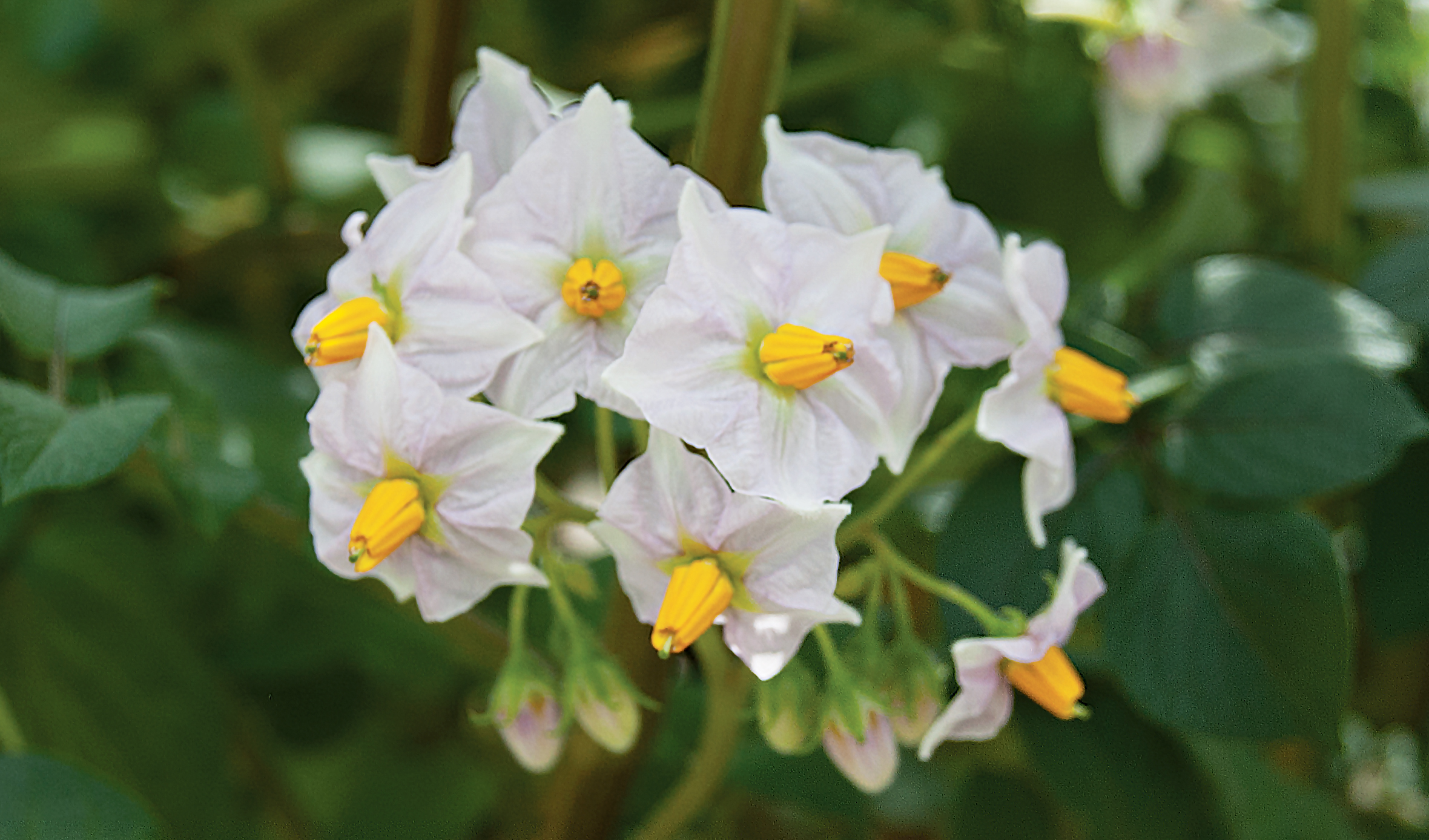
Potato

3rd
Our research and development projects around potatoes - some examples
Optimized potatoes for industrial purposes
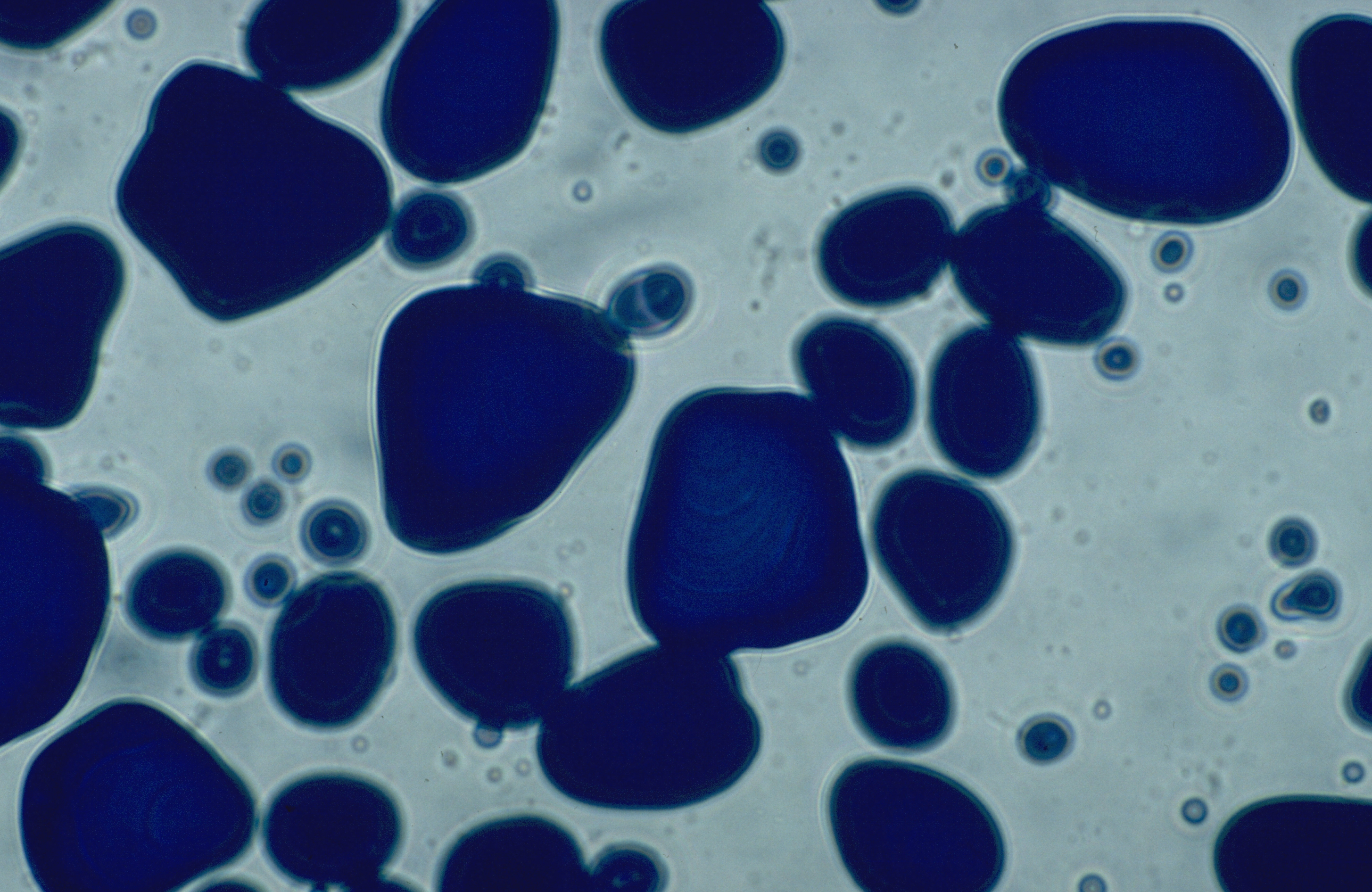
Potato starch plays an important role as a renewable raw material in a wide range of industries. The broad spectrum of non-food applications ranges from paper, coatings, materials and composites to cosmetics, bioplastics and pharmaceuticals. Potato starch consists of two building blocks, the industrial focus is usually on amylopectin, the simultaneous accumulation of the second building block amylose is not desirable.
Molecular markers as tools for potato breeding
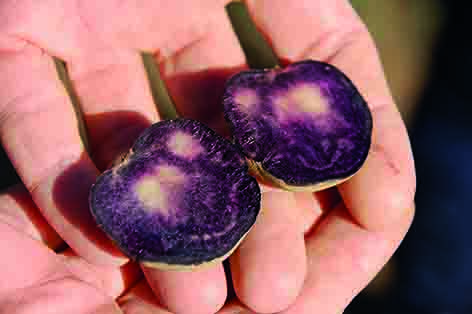
Colorful potatoes are not only beautiful to look at, they are also good for your health because, unlike their pale counterparts, they contain higher levels of colorful phytochemicals known as anthocyanins. To make these available to as many people as possible, the "MoMaPo" project (Molecular markers for the generation of potatoes with enhanced anthocyanin content) has developed molecular tools for the targeted breeding of such potatoes.
Getting there faster - methods to speed up the breeding process

Many valuable traits are inherited recessively; to be expressed in the tetraploid potato, all four copies of the gene must be identical, inactive or active. By crossing in other desirable traits, the recessive traits are lost and must be restored in a further crossing step. This multiplies the crossing and selection effort in potato breeding. The selection of recessive alleles is usually done by sequencing. However, as the number of plants increases, sequencing becomes difficult and expensive.
The project "High-throughput analysis for TILLING-adapted starch potato breeding" therefore focused on the development of shorter breeding cycles and their combination with high-throughput analysis.
Rediscovering old alleles - EcoTILLING
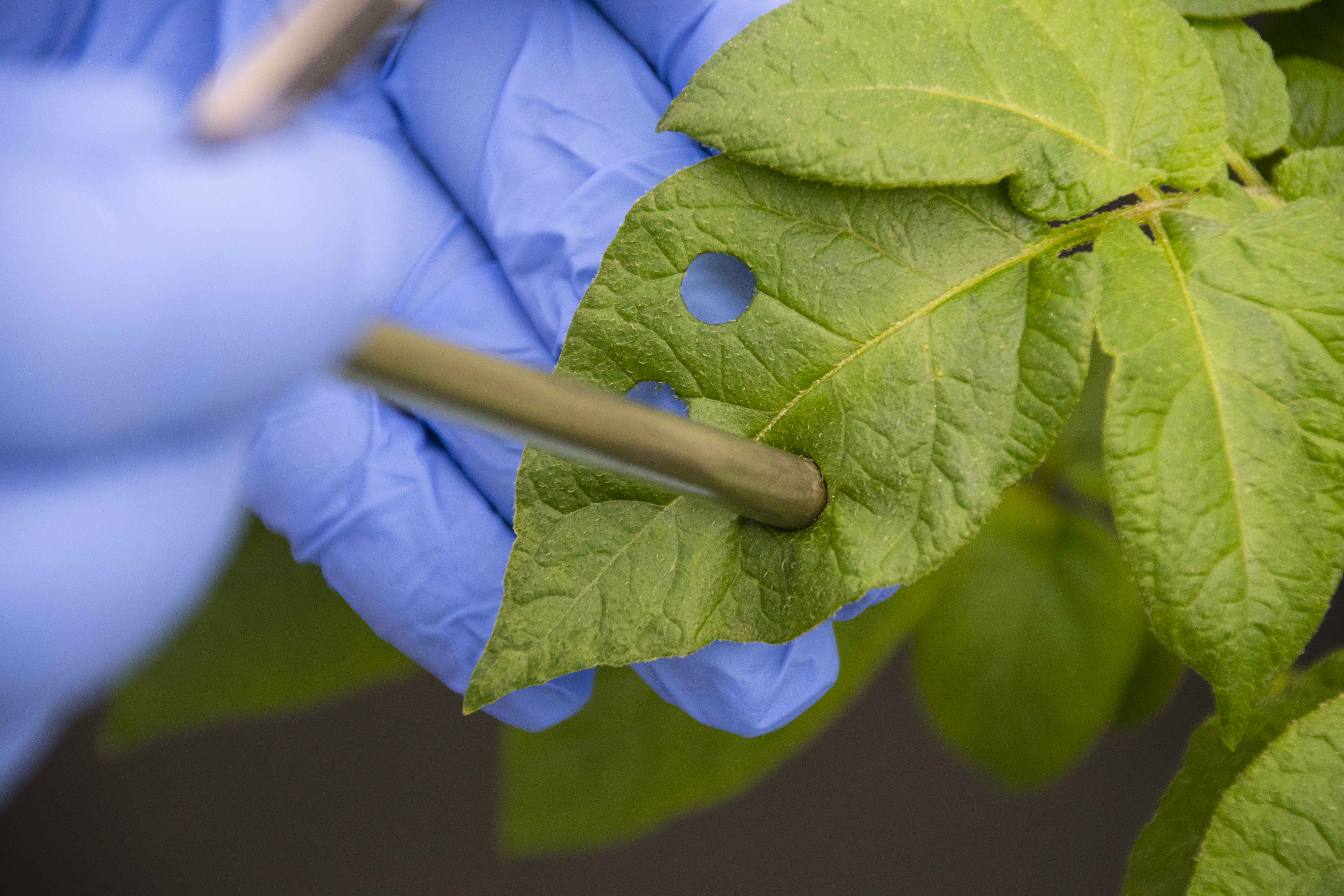
Natural potato populations (wild plants, landraces) are an important reservoir of genetic diversity. They are an excellent source of valuable genes and traits for breeding. In the project "Advantage", the cooperation with the Universidad Austral de Chile provides the opportunity to use one of the most important potato gene banks in Chile. The aim of the bilateral German-Chilean project "Advantage" is to improve several potato traits that are currently detrimental for food and/or industrial applications.
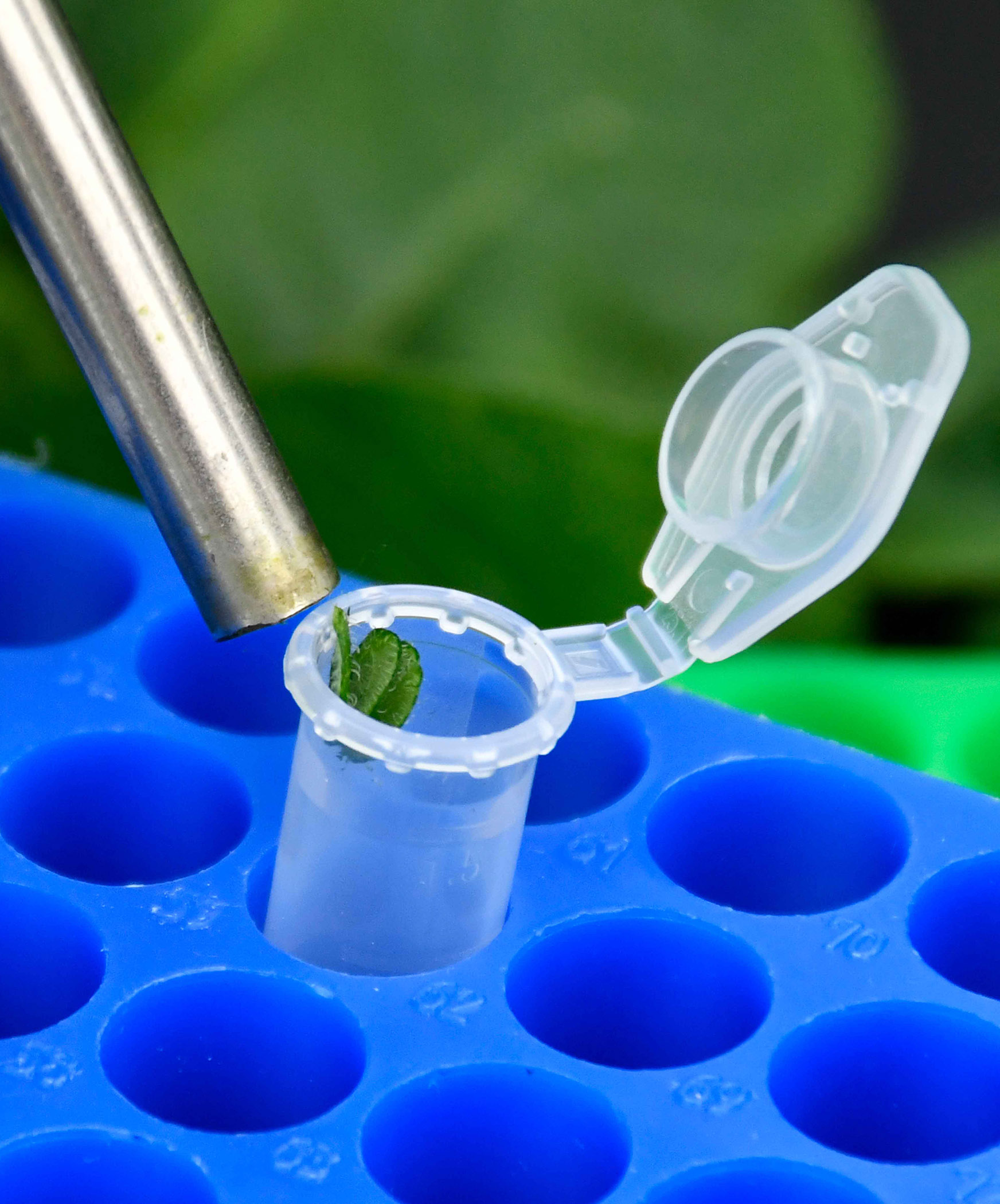
Pathogen detection by isothermal amplification
Potato plants are susceptible to a number of economically important viruses that can affect tuber quality and reduce yields by up to 50 percent. One of the biggest threats is viral iron spot: A tuber necrosis caused by the tobacco rattle virus (TRV) and transmitted by nematodes.
The BMEL funded TRV2GO project has therefore developed a simple, stable and sensitive detection method that can be carried out without special equipment, making it suitable for practical use. The diagnostic method is based on isothermal amplification of viral gene segments combined with specific detection of the amplification products using a lateral flow dipstick.
more info
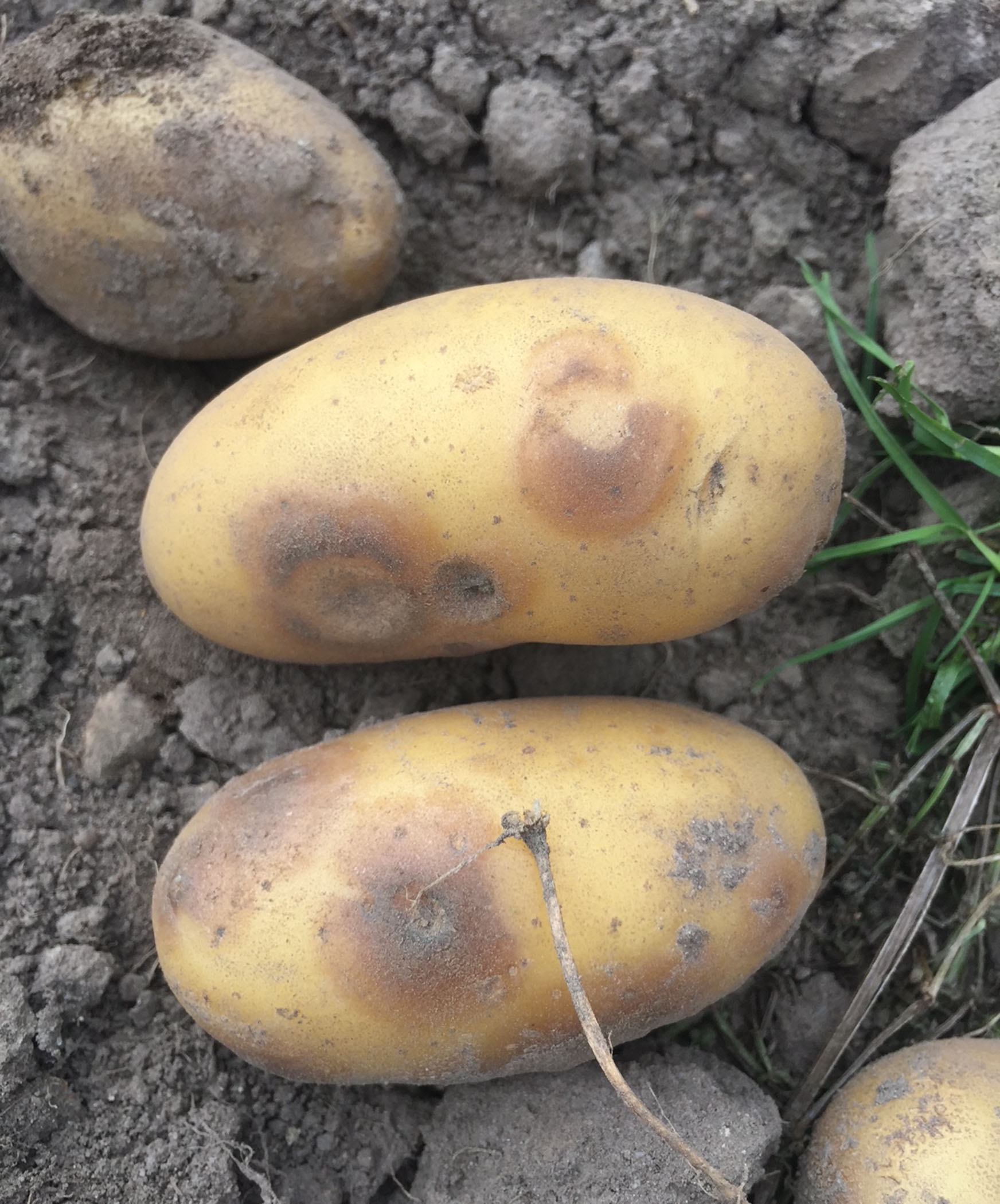
Strengthening of pathogen resistance
Pests cause significant losses in potato harvests worldwide, which is why the BMEL-funded ADLATUS project aims to improve the potato's resistance to important pathogens. With the help of new host factors and existing defense mechanisms, the resistance of potatoes to viruses and nematodes in particular is to be strengthened and yields secured in the future. The focus is on important quarantine and non-quarantine pathogens such as root gall nematodes (Meloidogyne chitwoodi), potato virus Y, potato leafroll virus and tobacco rattle virus.
Potato enzymes - alternative uses
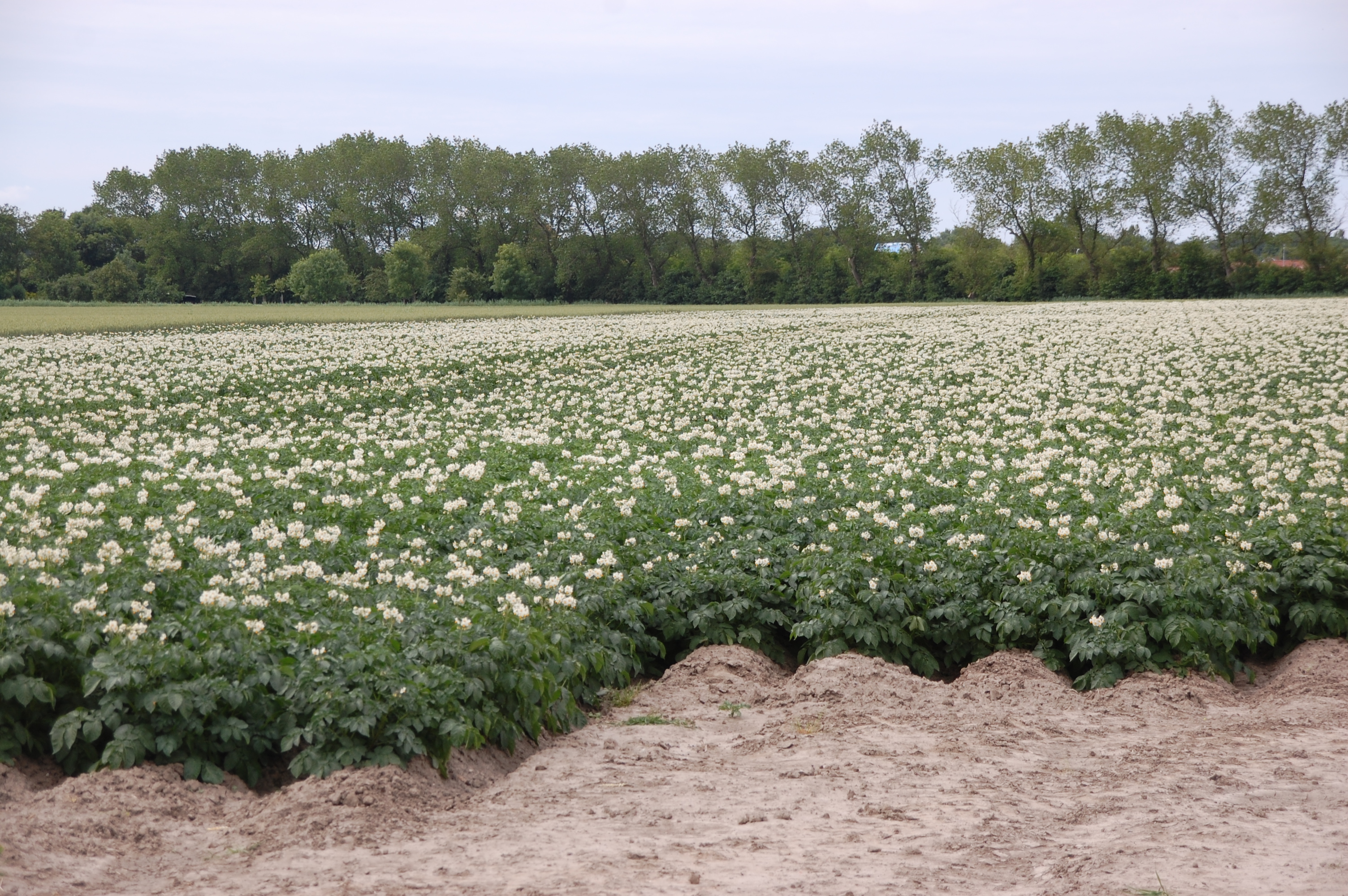
In addition to starch, potato tubers accumulate up to 6 percent protein by dry weight. Protease inhibitors account for 1-10 percent of total proteins and play various roles in plant development and defense against pests and pathogens. To explore the functional range of the natural diversity of potato protease inhibitors, Fischer et al. selected and sequenced 9,600 cDNA clones from mature tubers of ten potato cultivars. Among these, 120 unique inhibitor cDNA clones were identified by homology searches. 88 inhibitors represented novel sequence variants of known plant protease inhibitor families. 23 inhibitors were functionally characterized after heterologous expression in the yeast Pichia pastoris and tested for inhibitory activity, revealing potential biotechnological or medical applications. Fischer et al. 2015
High-quality proteins from potatoes - simplifying the utilization
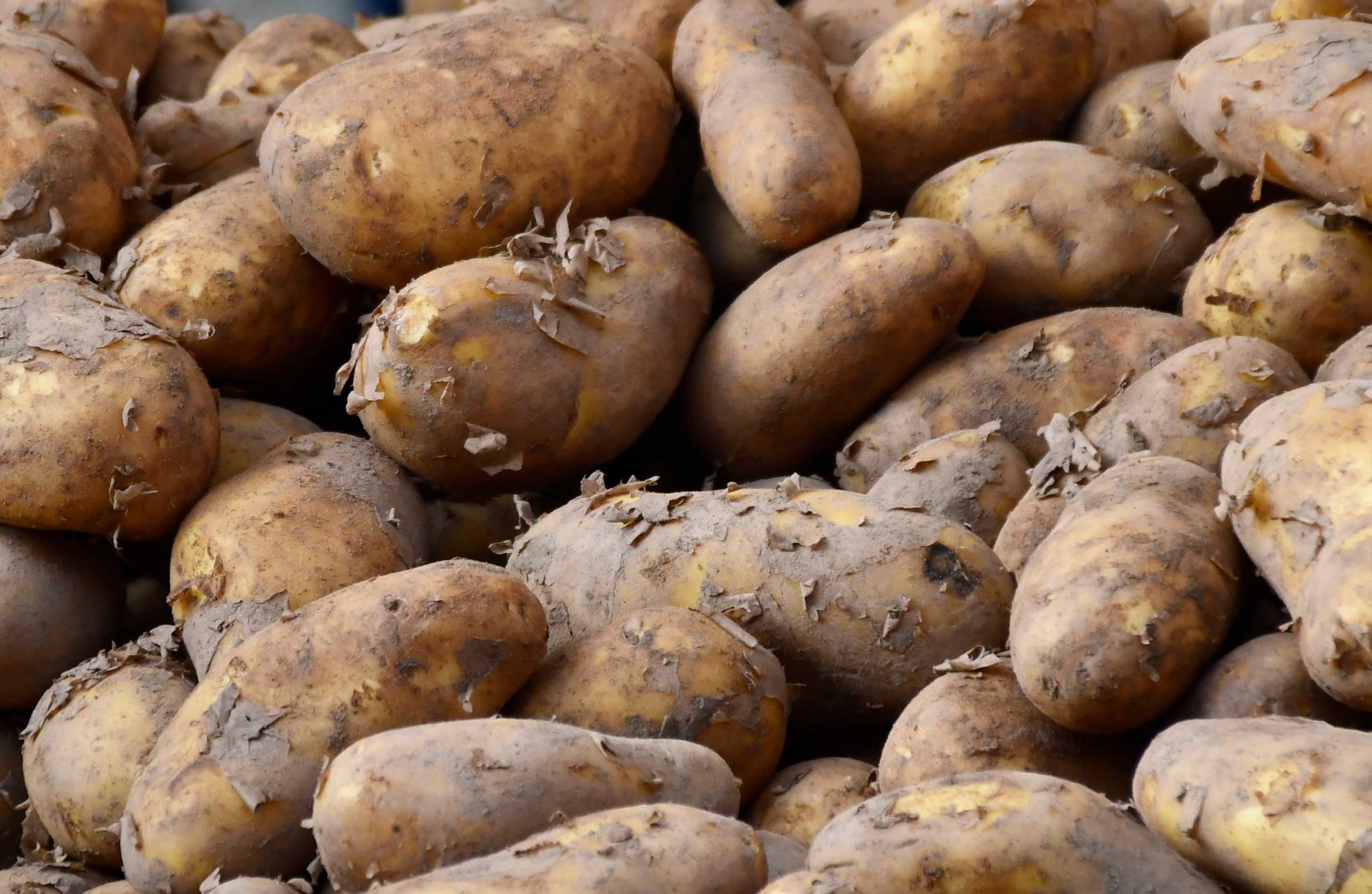
High-quality proteins are a by-product of industrial starch production. However, these cannot yet be efficiently utilised because the protein fraction is enriched in harmful glycoalkaloids (GAs). Reducing GAs in potatoes would allow the protein fraction from starch production or potato waste to be utilised, thereby significantly extending the value chain of the processing industry.
However, in addition to these positive effects, it could also lead to an increased susceptibility of the potato to diseases and pests, with negative consequences for the quality and quantity of the harvest, as GAs are important factors in the defence against plant pests and pathogens.
 Fraunhofer Institute for Molecular Biology and Applied Ecology IME
Fraunhofer Institute for Molecular Biology and Applied Ecology IME
